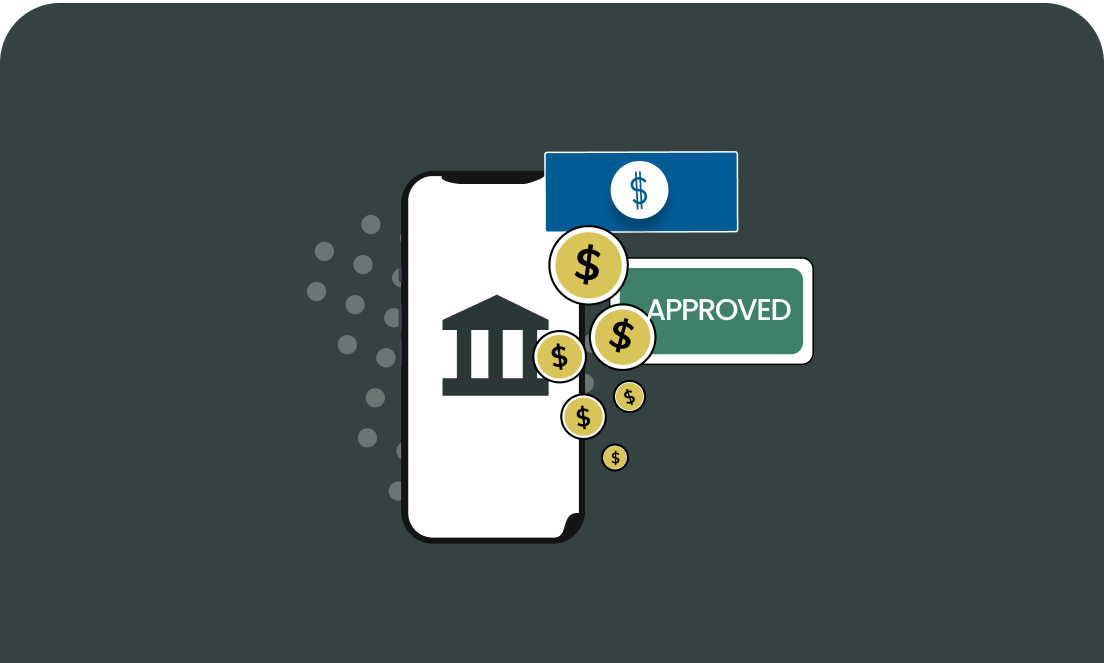Blog
What are acquirers and gateways?
February 13, 2023
Editorial Team

For customers, all it takes to complete a transaction is a quick swipe or tap of a debit or credit card. However, merchants know that behind the scenes is a well-orchestrated process consisting of financial systems and acquiring banks, also known as acquirers.
In this blog post, we’ll walk through acquirers and gateways. We’ll also discuss their roles within transactions, the difference between them, and get into an exciting alternative.
What is an acquirer?
An acquirer (also known as an acquiring bank) is a bank that holds a merchant’s account, accepting deposits from its transactions. They process customer payments, take on the risk involved with those payments, secure data flow, and handle disputes.
Acquirer payments are typically from card-issuing banks within a card association or card scheme (card network) like Visa and Mastercard. Some acquirers, however, also support niche card networks like American Express and others.
What is the difference between an acquirer and a payment processor?
Here’s where it gets tricky: many confuse acquirers with payment processors. To accept electronic payments merchants need two things 1) a merchant account, and 2) a means to process their transactions. This is when a payment processor comes in.
Payment processors are entities that authorize transactions and route them to the appropriate card network. They're also responsible for settling funds from the card networks.
As payment processors, acquirers must adhere to all applicable laws, rules, and card brand requirements regarding banking, financial institutions, and payment systems.
How do acquirers work?
Acquirers collect card-based payments from retailers, then aggregate and separate those payments to send to card issuers via the respective card scheme.
Here's how it works:
Customers submit their payment details via card or terminal;
Acquirers initiate requests to authorize secure payments to move transactions forward;
The requests then go to the customer's bank through the network's credit and debit card schemes;
The acquirer retrieves the funds when transactions are authorized.
Credit card transactions usually process within a few seconds. However, sometimes, there are chargebacks, disputes, or requests for additional information. The acquirer handles these issues and passes on the costs to the merchant, which can add up. With chargebacks, the acquiring bank may deduct processing expenses from each transaction.
What is a gateway?
Gateways are another component of transactions. In a payments ecosystem, gateways sit between the merchant and the processor to capture and encrypt card and transaction data. The gateway gathers the data and sends it to the processor on behalf of the merchant so that they can route the transaction to the card networks and issuing bank.
A gateway processes transactions through software. It securely captures, stores, and transmits card information from customers to acquirers. Think of it as the middle-person between customers and merchants.
Acquirers enable merchants to accept card payments; the payment gateway is the instrument or tool that makes it all happen.
How do gateways work?
Gateways can simplify how merchants process card payments. Gateways can be physical, like credit card terminals in stores, or digital, like processing pages on e-commerce websites.
When a customer makes a credit card purchase through the merchant's credit card reader or online store, the payment gateway:
Forwards the transaction information to the acquirer;
Identifies the credit card network (such as Visa, Mastercard, Discover, or American Express) that issued the customer's card;
Then, directs the transaction information to the appropriate payment switch.
The payment switch then sends the request to the bank that issued the customer's credit card (the issuing bank) and forwards the transaction information to the correct credit card network.
The issuing bank then performs fraud detection procedures to validate the transaction and verifies that the customer has enough credit in their account to complete the purchase.
The issuing bank either approves or denies the transaction and sends this information back through the credit card network to the merchant bank and the payment gateway.
What are some disadvantages of using gateways?
Though gateways reduce friction in transactions, there can be some disadvantages. Security is one of them; both merchants and consumers should be aware of the potential risks of using gateways. For instance, poor security architecture, inadequate standards, and inadequate management can lead to data breaches. Additionally, some companies only protect sensitive cardholder information such as numbers and verification codes and leave non-sensitive data like names, addresses, and phone numbers unsecured, making it vulnerable for attackers to use unencrypted information to gain access to the encrypted data.
Gateway options are limited. Many businesses in the United States typically offer PayPal and credit card processing as payment options. While this is usually sufficient, it may lead to losing customers from other countries who do not have access to these options or prefer other payment methods. This is a potential drawback of the convenience and ease of online payments.
What are the differences between acquirers and gateways?
Both acquirers and gateways carry out particular functions within a transaction. Gateways allow merchants to provide a payment window on their online shop and handle the collection of customer card information. This information is sent to acquirers who process it and receive the payment on behalf of the merchant.
The acquirer then collects the funds from the customer's bank account, holds onto it, and deposits it into the merchant's account.
Shifting the payment paradigm with open banking
Acquirers and gateways are necessary for merchants to accept card payments. However, with the evolution of consumer habits and technological innovations, there's never been a better time for merchants to accept digital payments.
Enter: Open banking. Open banking-enabled account-to-account (A2A) payments offer an interesting opportunity to reduce costs, optimize transactions, drive revenue, and improve the experiences of consumers and merchants. This is because there are fewer intermediaries collecting high fees; money is routed from a consumer’s bank account to a merchant’s bank account.